Car News

2026 Toyota Land Cruiser Sees Modest Price Change, No Update
For the 2026 model year, the Toyota Land Cruiser sees no significant updates and a price bump lower than inflation.

Average New Car Price Rose in August
The average new car buyer paid $49,077 in August as automaker and dealers throttled back on discounts under tariff pressure.

Tesla Loses Brand Loyalty Crown to Ford
Ford took Tesla's longtime crown as the automaker with the most loyal owners in a new second-quarter survey.

It Grew Harder to Get a Car Loan Last Month
After a summer of improving credit conditions, it grew harder for shoppers to find a new car loan in August.

Ford F-150 Lightning Gets STX Light Off-Road Model
Ford’s F-150 Lightning electric pickup gets a new STX trim level for 2026, with all-terrain tires and a relatively low starting price.

2026 Nissan Z Gets Heritage Edition, Stick Shift in NISMO
For the 2026 model year, the Nissan Z gets a '90s-throwback purple edition and, reportedly, more transmission options.

Lexus IS Sport Sedan Makes Surprise Return for 2026
Many observers thought Lexus would cancel its IS sedan for 2026, but instead, the company has remodeled it.
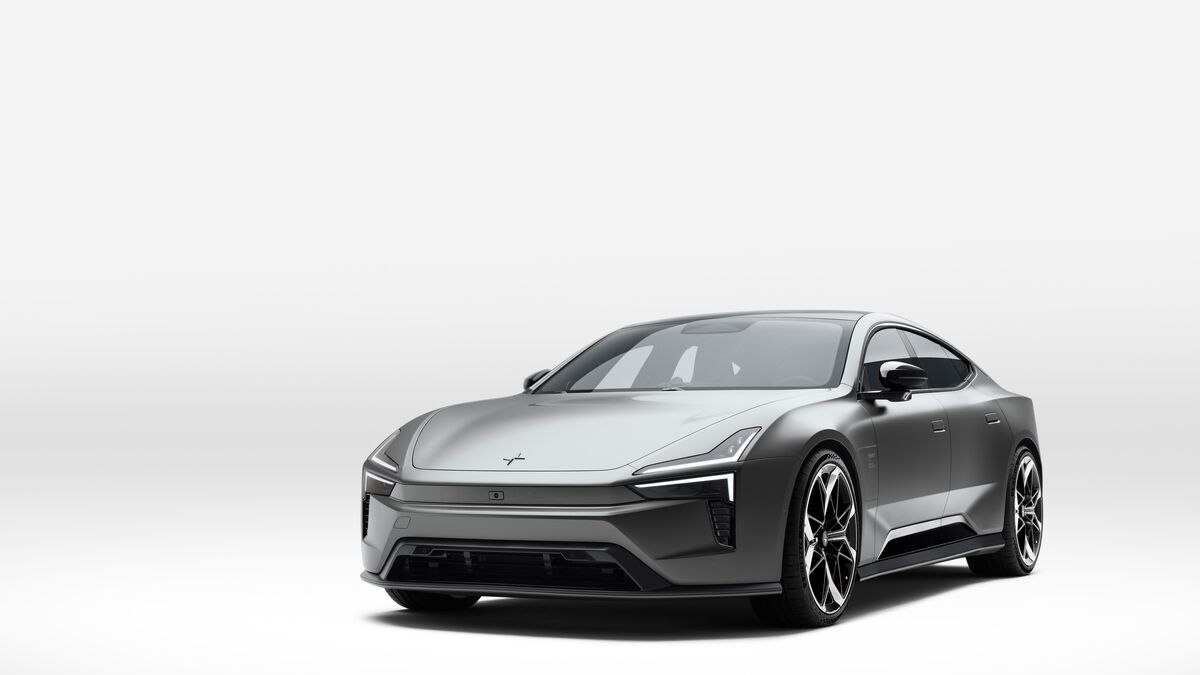
Polestar 5: Shapely Grand Tourer Debuts
The all-new Polestar 5 will be the flagship of the EV builder's line, but it may not come to the U.S. anytime soon.
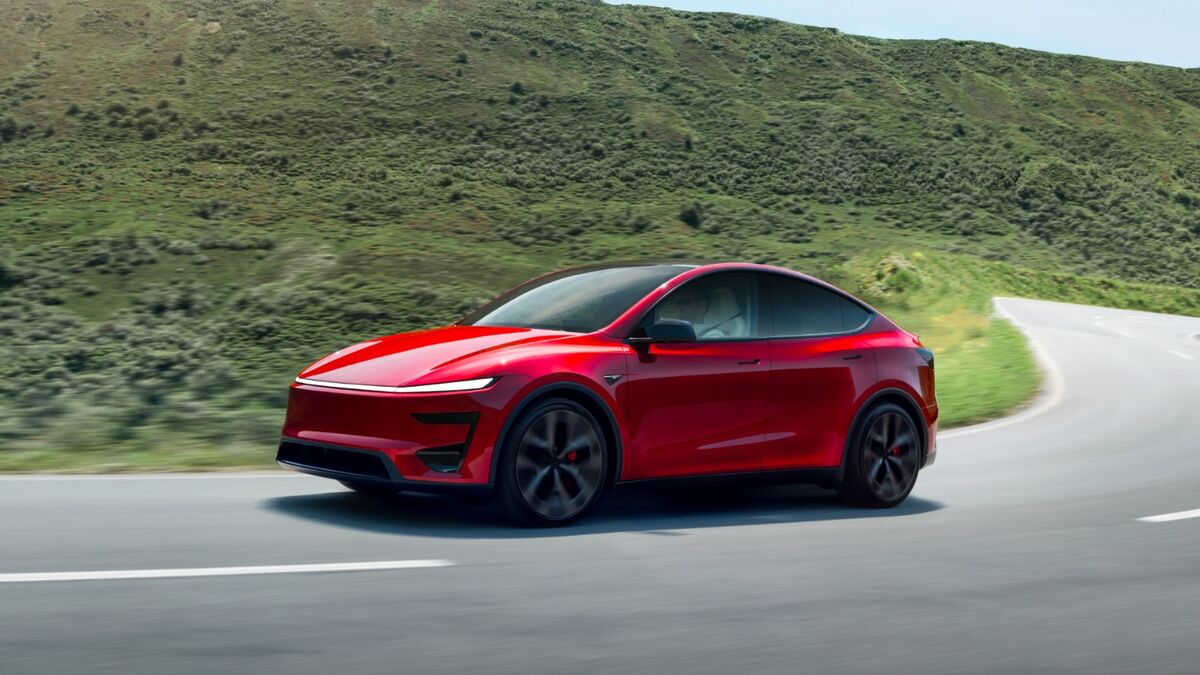
Tesla’s Market Share Drops to 8-Year Low
For the first time since 2017, Tesla controlled less than 40% of the electric vehicle (EV) market in the U.S. last month.
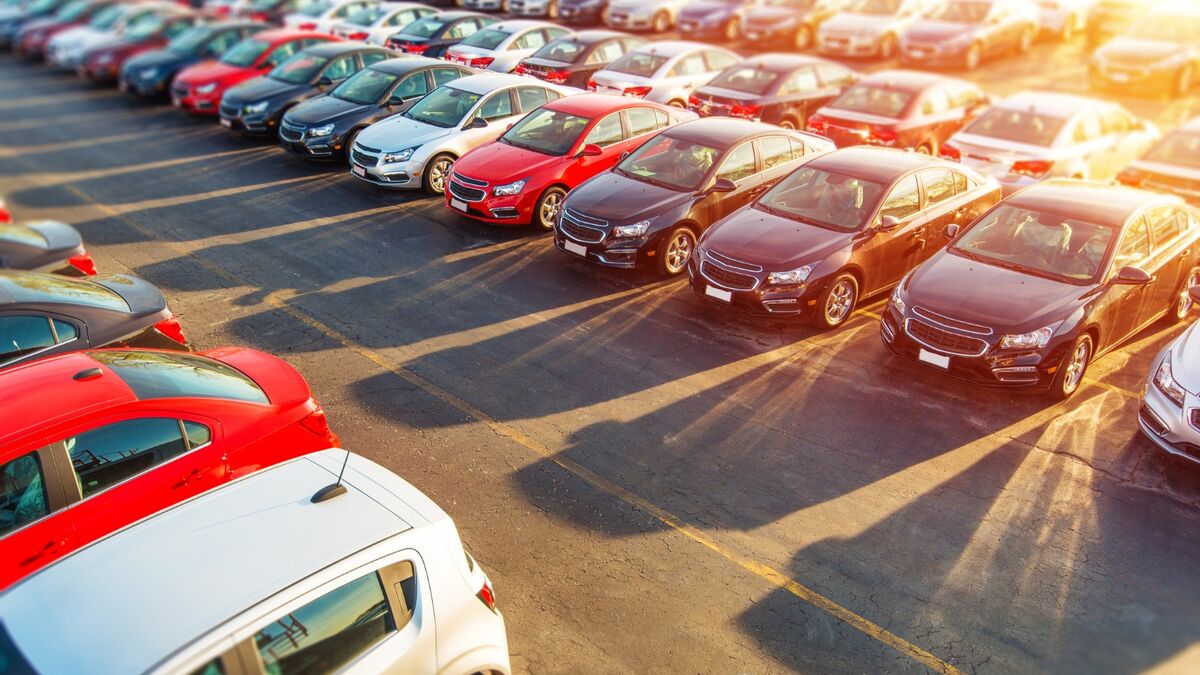
California May Limit Fees Car Dealers Can Charge
A federal anti-junk-fee effort has failed, but California may pass its bill to control what fees dealers can charge.

More Steady News on Used Car Prices, for Now
The wholesale prices car dealers pay for used cars stayed flat in August, a good sign that price stability may be ahead

Explaining Hyundai’s Georgia Immigration Controversy
A high-profile immigration raid on a joint Hyundai-LG Energy Solution battery plant will likely have little impact on car shoppers.
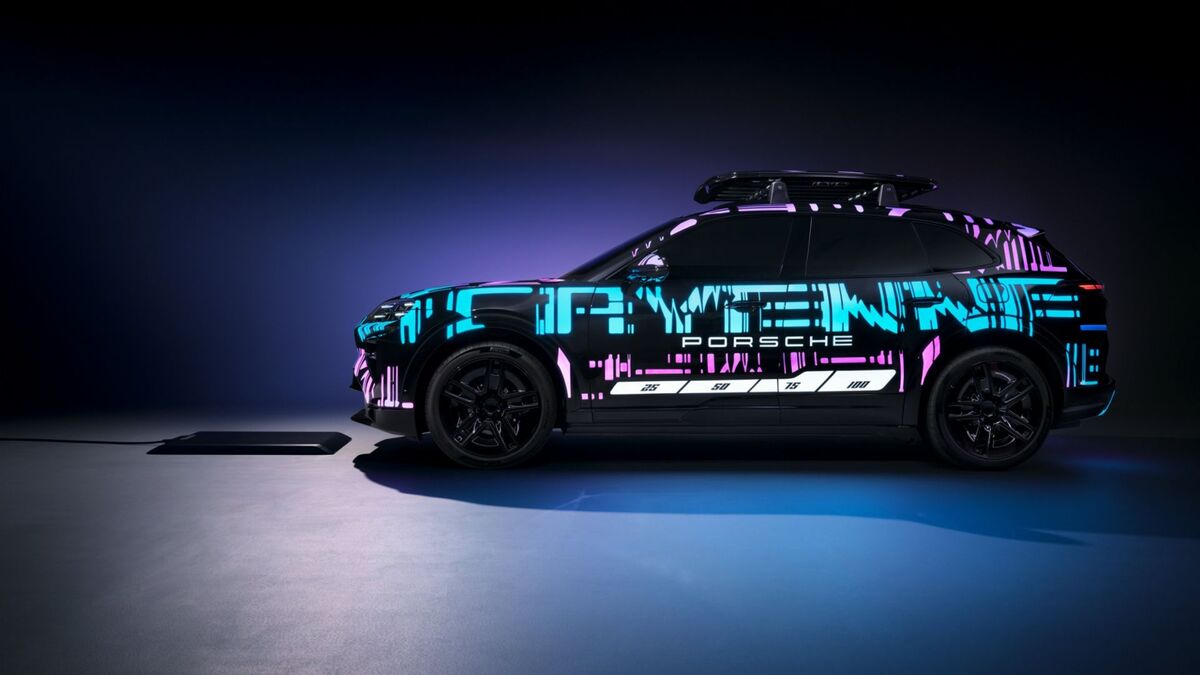
Next Porsche Cayenne EV Will Offer Wireless Charging
The 2026 Porsche Cayenne EV will have the option of wireless charging through a floor pad.
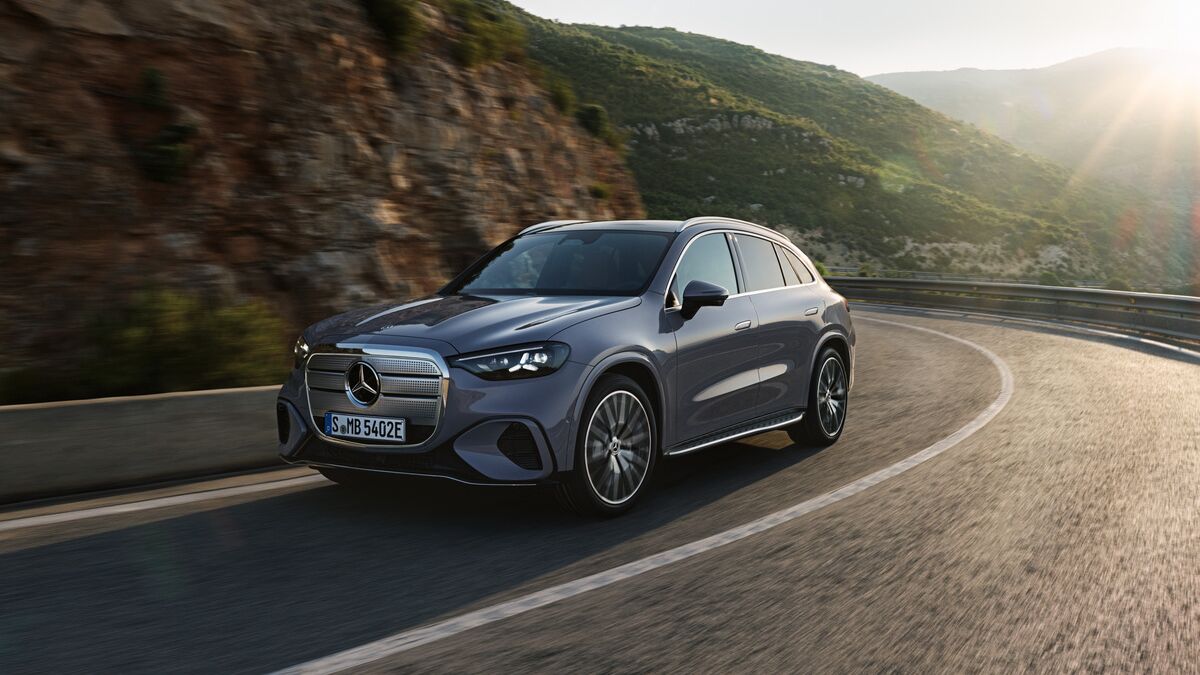
Mercedes Debuts Electric GLC With Vegan Interior
The 2027 Mercedes-Benz GLC-Class with EQ Technology will offer an AI voice companion and an optional vegan cabin.